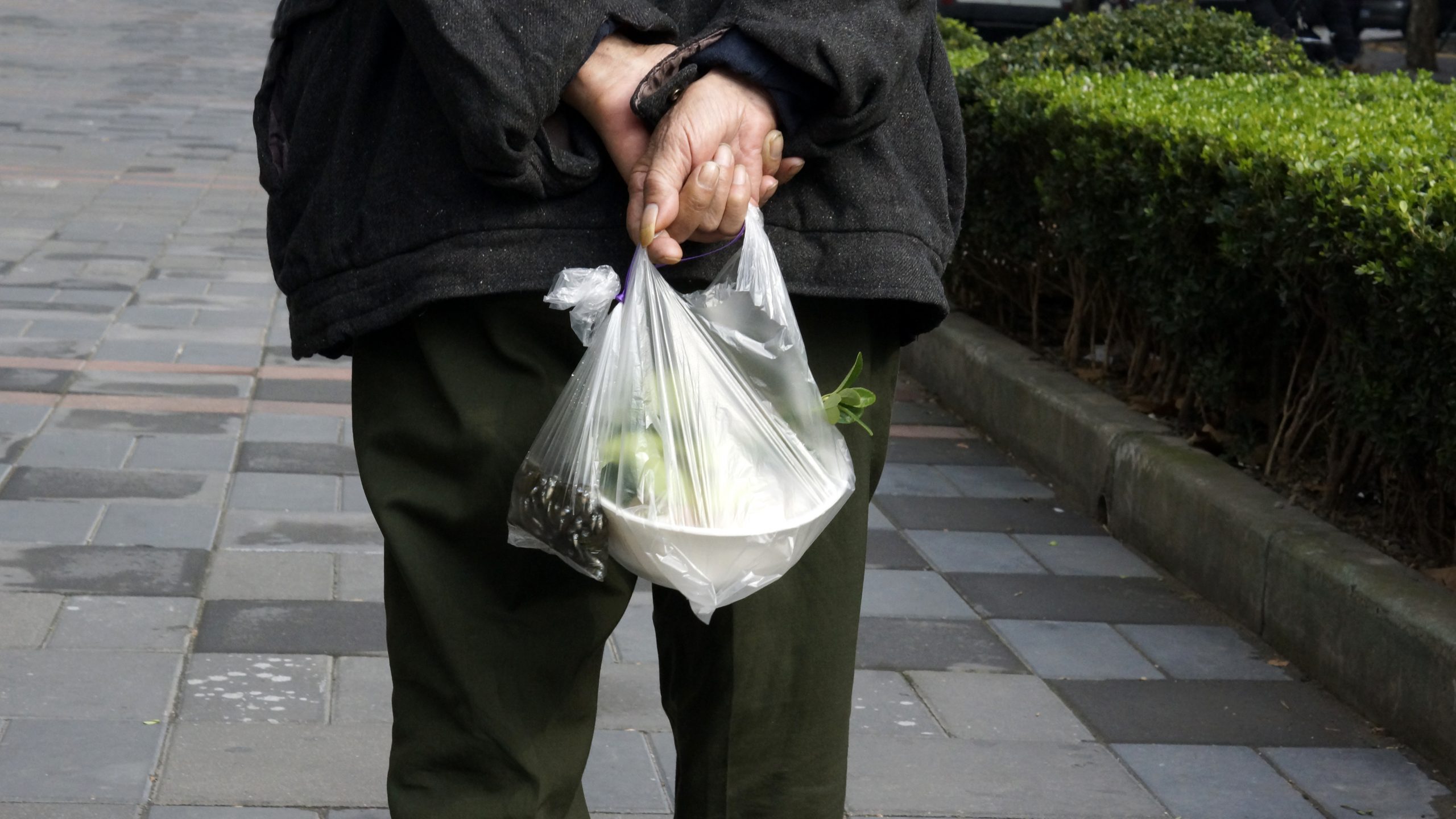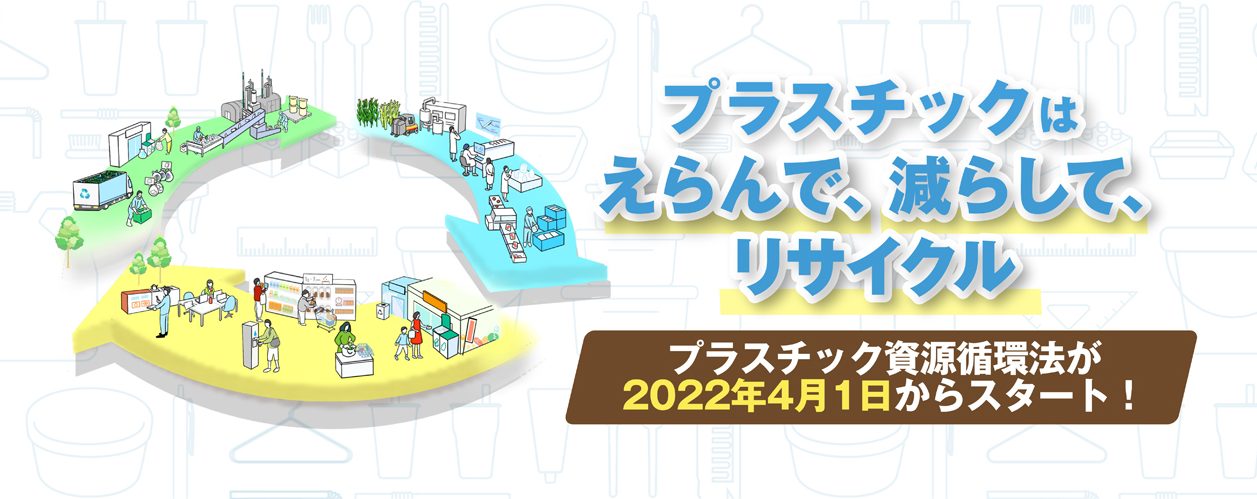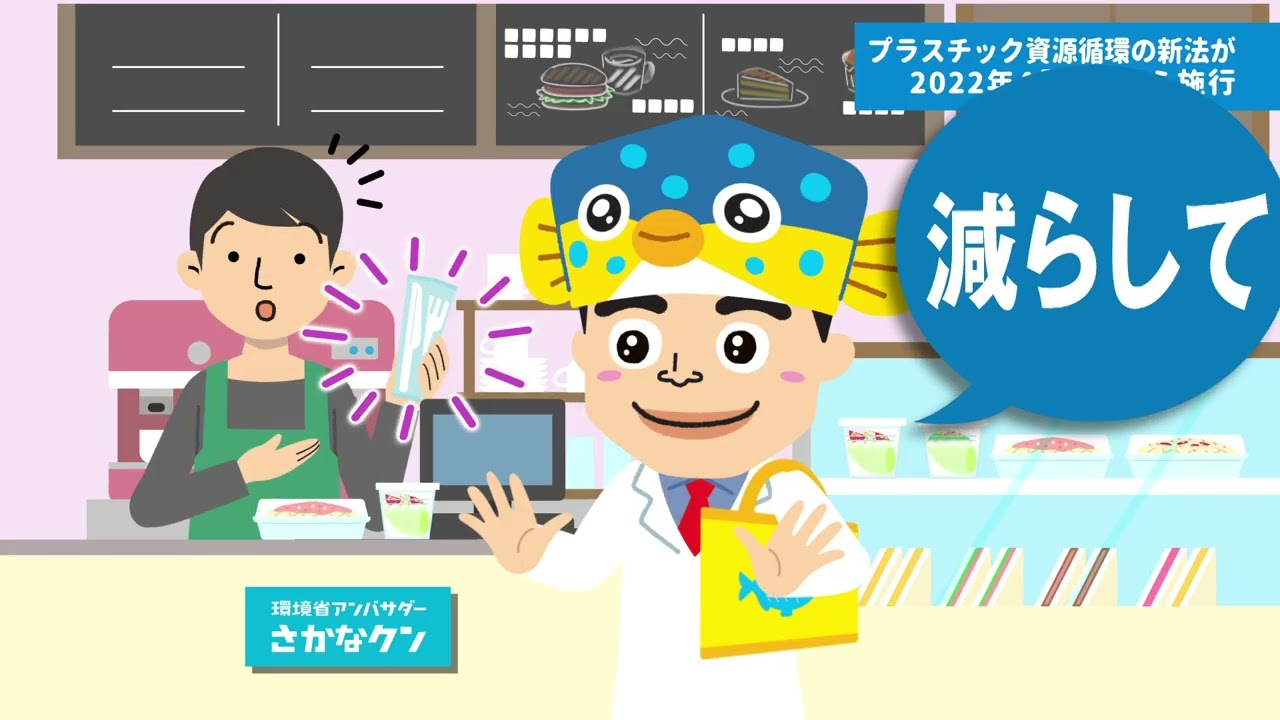Enforcement of the Plastic Resource Circulation Act
Japan has committed to enforcing a series of comprehensive policies on plastic use and production to tackle a wide range of issues including marine plastic waste and climate change, and inform on waste import regulations.
One of these policies is the Plastic Resource Circulation Act, legislation unanimously passed in June 2021 and entered into force in April 2022. This new act addresses the entire plastic life cycle—from product design to waste disposal. In doing so it aims to reduce the use of single-use plastic, increase waste management and recycling and promote ‘3R + Renewable’—reduce, reuse and recycle plus renewable.
It does so by prescribing statutory guidelines for the design of products with environmental suitability and certification in mind; reducing the level of single-use plastic used by retailers and service providers; encouraging municipalities and the private sector to reduce, sort, collect and recycle entire plastic waste items; and enforcing the 3Rs of industrial plastic waste.

The act aims to encourage a more sustainable use of plastic throughout its life cycle, from its production to its disposal.

It provides clear guidelines for both businesses, local governments and consumers as to how they can use plastic more sustainably.

It hopes to lead to an increase in the sorted collection and recycling of all plastic waste (not only packages) by municipalities and the private sector as well as increase the uptake of the 3Rs for industrial plastic waste, leading to less marine pollution.
Challenges
As the legislation aims to tackle waste and plastic management at all levels of usage and production, the extent to which it will be able to fully address all aspects of the goal may be limited.
Nonetheless, the high level of support shown for this bill suggests an eagerness from all parties to participate in its enforcement and encourage resource recycling of plastic.
Recipe for Successful Implementation
As this act addresses the whole life cycle of plastic, it involves all stakeholders promoting ‘3R+Renewable’ and increasing circularity at all levels.
By working with businesses, local governments and consumers involved in all parts of the life cycle of plastic; continuing to have clear communication; and having a strong digital presence, this act will lead to more sustainable use of plastic within Japan.
National and local governments, private sectors (product suppliers and retailers), consumers






